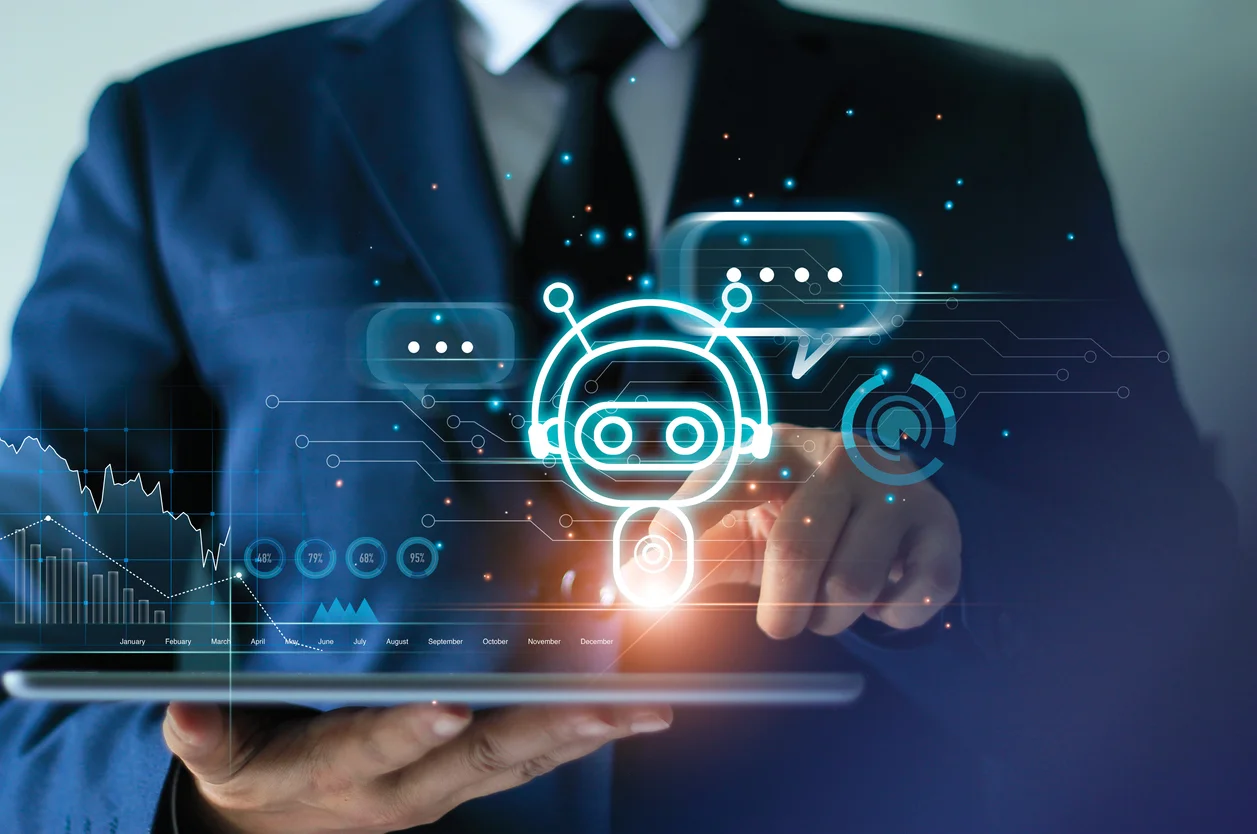
Trading bots have exploded in popularity due to the promise of automated profits. But like any technology, bots are far from foolproof. System failures, connectivity issues, and unforeseen market events can all cause algorithms to fail. Here we will look at why even a so-called "smart auto trade bot" can go haywire and how traders can manage the risks.
How Bots Can Fail
At their core, trading bots are lines of software code. That code can have flaws that lead to improper trades or system crashes. Bugs happen in all software, and trading algorithms are no exception. If not rigorously tested, simple errors could cause major losses.
A smart auto trade bot can also fail because of technical glitches. Unstable connectivity, hardware crashes, and exchange outages can all disrupt a bot’s trading. Even a brief disruption could allow major market movements during downtime. And complex bot strategies often rely on real-time market data. Any lag or latency in inputs can skew outputs and lead to errant trades.
Unpredictable market events also trip up algorithms. Volatility from news events, political turmoil, or black swan occurrences can exceed historical norms. If not coded to handle extreme scenarios, even the best bots fail when markets go haywire. Traders saw this in March 2020 when coronavirus crashed markets. Bots programmed for normal levels of volatility were rendered ineffective.
Guarding Against Failure Risks
No bot is failure-proof, but traders can take steps to manage risks. Thoroughly backtesting algorithms in a simulation before going live is essential. This allows for assessing performance across different market conditions. Traders can then optimize strategy logic and tune settings to build in more resilience.
Redundancy and risk management protocols also help minimize the downside if failures occur. Having backup internet links, alternate power sources, and parallel computing resources reduces single points of failure. Most critically, maintaining a kill switch capability allows immediately disabling a malfunctioning bot before losses mount.
However, the best defence is ongoing human monitoring and oversight. While tempting to “set and forget,” bots require regular supervision. Abnormal behaviour, errors, or performance divergences necessitate intervention. Prudent bot traders approach them as tools for enhancing human trading, not replacing it entirely.
Impact on Markets
Not only do individual bot failures impact traders, but cascading failures can affect broader markets. As algorithms become interconnected, glitches can quickly spiral. We saw this in the 2010 Flash Crash when high-frequency bots exacerbated a plunge in indexes.
To reduce systemic risks, regulators impose trading curbs and circuit breakers during volatile periods. However, some argue these safeguards remain inadequate to contain domino bot effects. Better coordination and kill switches between exchanges and traders could limit contagion. However, preventing all cascading bot failures remains challenging.
Ultimately markets evolve and bots adapt. Periodic failures lead to the next generation of algorithms more resilient to those scenarios. Predicting inflection points and black swans by definition remains difficult. However, incentivizing bot programmers to build in flexibility and fail-safes promotes overall market stability.
ChatGPT and AI Assistants
Emerging technologies like ChatGPT hint at AI advancing to potentially "self-correct" and program bots with less human input. However, these conversational tools still lack market intuition and cannot trade. While an AI assistant could generate code, human oversight is still essential to train, test, and monitor for failures.
For now, no AI exists that can reliably replace human traders or programmers. Bots will continue failing without accountability. True autonomy to surpass human-level adaptability remains years away. However prudent integration of AI into existing workflows could eventually enhance failure recovery and lessons learned.
When bots stumble, recovery procedures kick in to contain the damage. But just as important is reviewing thoroughly to learn from mistakes. Diagnosing failure points and opportunistically improving is the key to better algorithms. Traders should ensure post-mortems on major bot failures become learning opportunities.
Of course, failures also impact confidence in deploying bots going forward. Periodic stumbles tend to make traders more conservative with positions and leverage. However, the risk of failure should not deter utilizing bots altogether. Rather, expectations just need recalibrating. Bots are tools to enhance human trading, not replace it. Once conditioned to their imperfections, traders can still benefit from their strengths.
Conclusion
Trading bots offer immense promise to automate profitable strategies. But like any technology, they remain prone to failure from flawed code, technical glitches, and unanticipated market turbulence. No “set and forget” bot exists. However, prudent risk management, ongoing monitoring, and learning from failures allow algorithms to strengthen over time. While failures are inevitable, traders who plan and adapt appropriately can still thrive in harmony with the bots.


